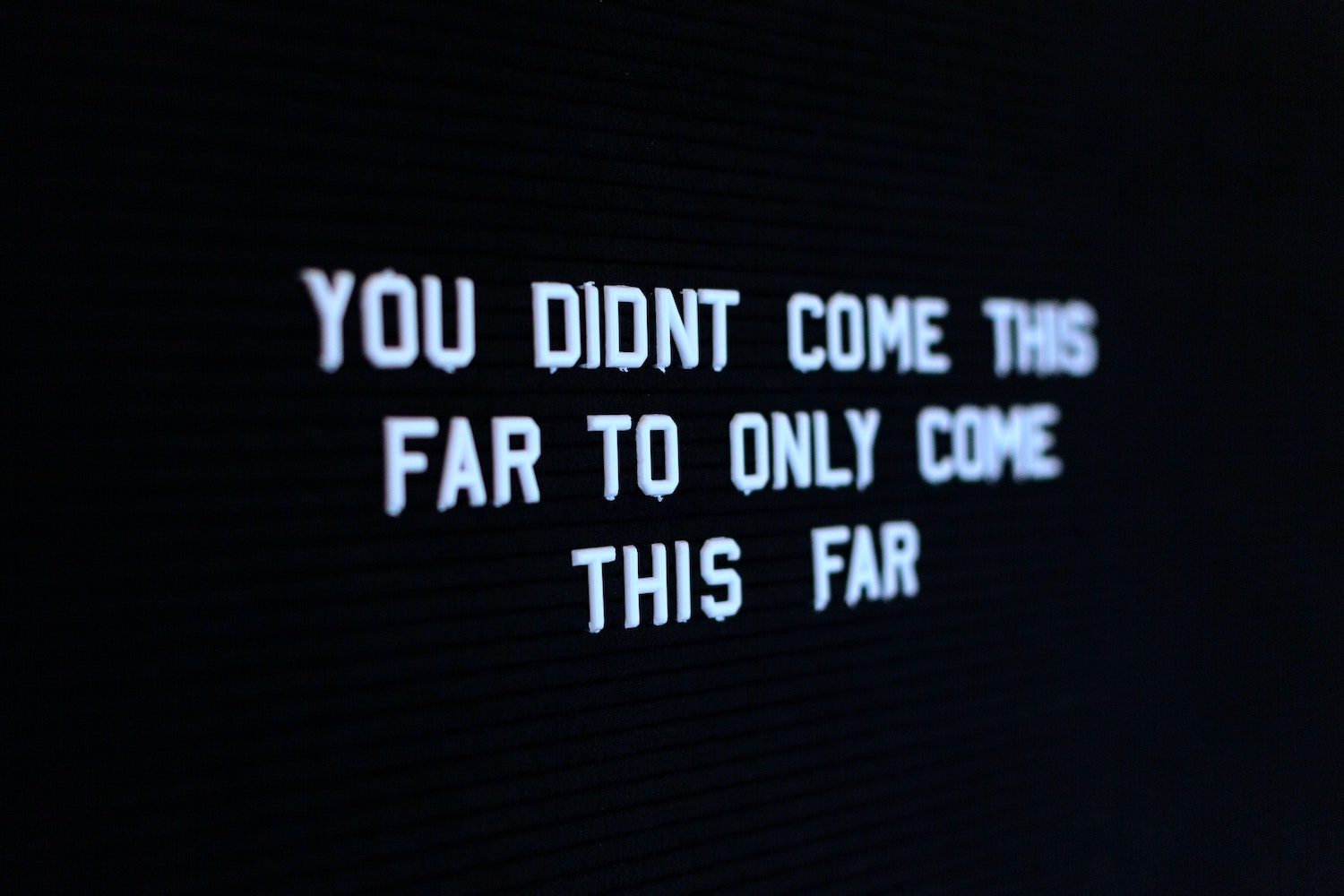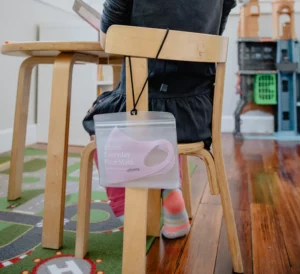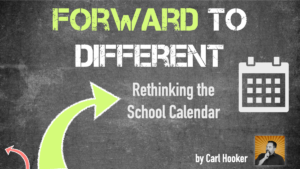Why you MUST Evaluate Your District Mentoring Program TODAY!
If your district is like countless others across the country, you are facing a time of significant staff departure. Simultaneously, you are working hard to keep your existing staff supported so they can meet the needs of the students and families in your district. At the same time, districts will be competing with each other for the pool of qualified candidates looking for teaching jobs left vacant by those who have retired early or left the profession altogether. Let’s face it, based on recent data, reimagining mentorship in education is essential to support all of us moving forward.
First, let’s start by altering the definition of mentoring you have filed deep in your personal experience. In our book Modern Mentor, Reimagining Mentorship in Education, my friend Matthew X. Joseph and I work hard to put traditional mentoring programs behind us. The days of “new” teachers being paired with the same “seasoned” teachers automatically each year benefits the few, if anyone at all. We all have skills where we excel in our jobs and expertise to share with others. We all have areas where we could grow and improve. Mentoring needs to be seen as an option for support and improvement, not as a box to check for a resume or only to satisfy license mandates. Mentoring is NOT something to endure.

🌀 Who needs mentoring? If you are looking for me to answer that question, then we’re both in trouble. The easy fruit to pick from the Mentor Tree is New Staff, closely followed by Staff in New Roles and Staff on Improvement Plans. However, the education landscape is changing. Don’t rule out mid-career and veteran teachers as well as those in leadership or admin roles. Consider your business office, food service staff, paraprofessionals and administrative assistants, too! Successful mentoring programs are built on trust, positivity and support. Who couldn’t benefit from more of ALL that? Let those in your district tell YOU what they need. While you’re at it, ditch the idea that you are either a mentor OR a mentee. Like dessert choices on vacation…. why not choose both ?
🌀 What will mentoring look like? If predictions (including my own) are right, we are looking at the need for VERY nontraditional programs. So why pull up those old slide presentations, mentor handbooks and agendas for your outdated program when we all know they will miss the mark moving forward? Of course, there are legal obligations we are required to follow to meet requirements, especially for our new teachers. Those parameters must be factored into the planning process as a way of monitoring and tracking what your state board of education requires. Beyond that? Let your creativity guide you. Why can’t mentoring include celebrations, movies, games, puzzles, fresh air, exercise and other activities we associate with fun? Let your staff lead this charge to increase buy-in and engagement.
🌀 When and Where can mentoring occur? I know – it always comes down to Time. We can mend and make do when it comes to funding, but time is a finite resource we all want more of. Even with early-release days, in-service days, common planning time, prep periods and staff meetings, there is NEVER enough time. Master schedules for the school year are developed early on, so it is imperative to layer in time for mentoring and collaboration. Some creativity may need to come into play, where mentor pairings or groups are scheduled for collaboration time, or PD is designed to support the mentoring program with time and space to work together on district initiatives. However, we cannot rely on district or school schedules to get the most out of our mentor experience. In our book, Modern Mentor, Matt and I suggest you get creative with the space-time continuum! Whether you lunch together, create a collaborative Pinterest board, read the same book, watch the same documentary, spend your prep correcting papers in each others’ room or connect the good-ole-fashioned-way (via text or Zoom!), the time invested will pay off with compounded interest. Again, allow your staff to brainstorm ways to re-define faculty meetings so time spent together in person is dynamic, engaging and valuable. STOP the Sit and Get, Death By PowerPoint and This Could’ve Been An Email madness!
🌀 Why wouldn’t someone want to be a mentor? I am at my best when I am helping others. That proves true whether I am helping a brand-new teacher next door or a veteran instructor across the district. Though helping others requires more time on my part, the investment I make comes back ten-fold. I have to solidify my understanding to guide them. I gain a new perspective through their challenges and questions. I strengthen and grow my practice with every interaction. Being an active mentor often requires me to reach out and seek my own mentors for their guidance, opinions and encouragement. The best mentor relationships continue long after the requisite arrangement; they continue to benefit both the mentor and the mentee for years to come. When you expand your mentoring program beyond the check-box, you are building a community that can depend on one another and grow together.
Mentoring, and being a mentor, is a mindset – not a program. For years, the idea of mentoring meant checking a box, but its potential in education is far more inspiring. When done right, mentoring can uplift new teachers, invigorate aspiring leaders, enhance the skills of sitting leaders and ultimately impact students now and for years to come. None of us entered the education profession for the fame and fortune. We each wanted to make a difference in the lives of others. We CANNOT do that alone. Never underestimate the power a positive mentoring environment can have in your classroom, on your team, or at the school or district level.
K12Leaders, do NOT wait on this one… start mentorship planning now so you have something to offer those qualified teachers you’ll be fighting to hire in the coming months. They will be looking for work environments where they will feel welcome, be supported and contribute their own expertise.
—
Simply,
~Su zy
Author of Modern Mentor, Reimagining Mentorship in Education
Follow me on Twitter! @SimplySuzy






